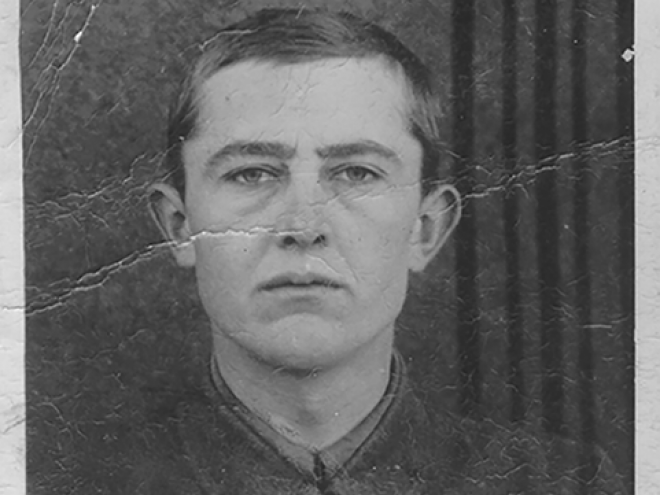Debbie Cenziper is a Pulitzer Prize-winning journalist and an associate professor of journalism at Northwestern University and director of its program in investigative reporting. Her book detailing the prosecution by the United States Department of Justice of suspected World War II war criminals residing in America exhibits both the virtues and vices of journalism when it invades the field of history. It is exceedingly well-written, chock-full of colorful characters, and does not make any serious demands on its readers. But the historical research which went into it is rather skimpy, and its recounting of what individuals were supposedly thinking decades ago is highly speculative. Furthermore, there is no obvious connection between its two major concerns: the work of the Justice Department and the flight of a young Polish Jewish couple from the Nazis and their ultimate settlement in the United States.
The task of ferreting out those suspected of involvement in World War II atrocities was the responsibility of a group of lawyers and historians who worked in the Office of Special Investigations (OSI). This office was the result of legislation proposed in the late 1970s by New York Congresswoman Elizabeth Holtzman, who represented a district with many Holocaust survivors. By 2010, however, there were few, if any, of Hitler’s “hidden soldiers” still alive in the U.S., and the OSI merged into the Justice Department’s Domestic Security Section, which was then renamed the Human Rights and Special Prosecutions Section. This new agency was tasked with tracking down war criminals from former hotspots such as Bosnia, Rwanda, and Darfur who had managed to sneak into the U.S.. These defendants, similar to those who entered the U.S. after World War II, could not be prosecuted for war crimes since they had occurred in another country, but they could be deported.
During its thirty years of existence, the OSI investigated more than fourteen hundred suspected Nazi collaborators and won dozens of deportation cases. Cenziper focuses on the case of Jakob Reimer, whose Nazi identification number was 865. He came from a German ethnic area within the Soviet Union and was captured by the Germans after the invasion of Russia in June 1941. He was then sent to the Trawniki camp near Lublin, Poland to be trained by the SS in the art of mass killing of Jews. Reimer was one of six thousand men who passed through Trawniki, but few, if any, served the SS longer. He was in a SS auxiliary unit for nearly four years and became a sergeant, the highest possible rank he could have attained.
A judge ordered Reimer deported after the OSI presented overwhelming evidence that he had been involved in several atrocities in eastern Poland, contrary to what he had stated when he applied for entrance into the U.S.. He was never extradited, however. Reimer died in Pennsylvania in August 2005, fifteen months after the Second Circuit Court of Appeals upheld the decision to revoke his citizenship. He was one of eight defendants who died on American soil because no other country, including Germany and Poland, would accept them.
It is not unusual for a journalist or historian to think of his or her topic of investigation to be of transcendent significance, and Cenziper is no exception. She continually emphasizes the importance of the OSI’s work and concludes her book by quoting Peter Black, an OSI historian and the volume’s leading protagonist: “If legal consequences for mass murder and mass atrocity become habitual to political and judicial behavior in the twenty-first century, perhaps we can prevent mass murder in the future.” Based on recent history, there is little likelihood that this will occur.



